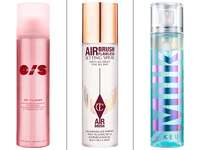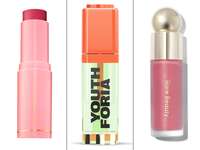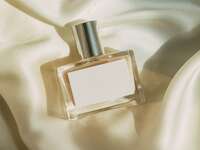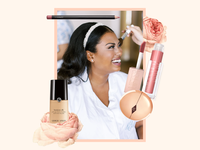Get Rid of Bikini Line Razor Bumps Fast With These Expert Tips

Ah yes, razor bumps. An inevitable side effect of shaving. Or are they? It may seem like every time you shave (especially your bikini line), those oh-so-uncomfortable little red spots and bumps pop up and refuse to go away. Well, we're here to share exactly how to get rid of razor bumps overnight—and how to keep them gone for good. Because, let's face it: No one wants to deal with razor burn on their wedding day (or right before their honeymoon, for that matter).
So, what causes razor bumps, and how do you get rid of them? To answer your burning questions, we tapped Melissa Kanchanapoomi Levin, M.D., a board-certified dermatologist and owner of Entière Dermatology, who specializes in helping clients achieve healthy skin. Plus, we chatted with renowned celebrity makeup artist Jessi Butterfield, who works with a slew of stars from Kurt Russell to Alyssa Milano and understands the hazards of razor burn all too well, especially when it comes to sensitive areas like your face or bikini line.
Check out our comprehensive guide below on how to prevent razor bumps and how to get rid of razor bumps overnight. From shaving techniques to product recommendations, we've got everything you need to know for your prewedding beauty regimen.
Bikini Bump Treatment Tips At a Glance for Quick Relief
- Razor bumps are caused by micro-injuries that can occur when shaving. Sometimes, shaved hair curls inward, and the new skin that begins to form over the micro-injury causes bumps to form.
- It can take up to a few weeks for razor and bikini bumps to heal, but certain methods and products can speed up the process.
- Moisturizers, anti-inflammatory treatments and soothing aftershaves can help get rid of razor bumps quickly, and proper skin prep and products will help you minimize the chance of getting razor burn in the first place—especially in the pubic area.
In this article: What Are Razor Bumps | How to Get Rid of Razor Bumps Fast | Bikini Line Treatment | FAQ | Prevention
What Are Razor Bumps (And What Causes Them)?
Wondering how to avoid razor bumps and red spots in the first place? Start with knowing what causes them. When you shave any part of your body, you remove the top layer of your skin, which can create what Dr. Levin calls "micro-injuries." The hair may also curl and turn inward after shaving, and as the new skin begins to form over the micro-injury, it can trap the hair, causing that angry bump to form. Then, you're left with irritation, burning, redness and dryness—AKA razor bumps (or pseudofolliculitis barbae in the medical world). Not quite the look you were going for, right?
Another frequently asked question about post-shave skin irritation is: How long do razor bumps last? These irritated ingrown hairs can take several days to clear up on their own, but with the right treatment, it's possible to speed up the healing process. You should avoid shaving in the affected area again until all signs of shave bumps are gone. Otherwise, you might exacerbate the problem and cause red spots to stick around even longer (ugh!).
A few other things that can make razor burn even worse? Shaving dry skin, using a dull or dirty blade and not moisturizing as soon as you're done shaving. And this sad truth: "Unfortunately, many of us were taught to shave against the grain, but that's actually what causes razor burn!" says Butterfield. But don't worry—she has more than one solution for you. Find out how to stop razor bumps in their tracks and make them go away for good below.
How to Get Rid of Razor Bumps Fast
So now that you know what causes razor bumps, you're probably already wondering something else: What helps razor bumps? And how do you get rid of it quickly? While irritated skin is nothing to be ashamed of, it's not the most comfortable thing to bring with you on your honeymoon—beach or no beach. Alas, there's no magic solution for clearing razor bumps instantly, but there's a lot you can do to help (and fast). Here's what our pros suggest when it comes to getting rid of ingrown hair bumps from shaving:
1. Apply a cold compress
Splash cold water on shave bumps as soon as you see them to shrink pores and soothe the skin. A cool, wet compress will also provide razor burn relief.
2. Moisturize your bikini area
You should always moisturize as soon as you're done shaving, but especially as soon as you see razor bumps. Those micro-injuries require a hydrating balm to heal. Luckily, there are lots of options out there, especially when choosing the best cream for razor bumps on the bikini line for your skin type. First Aid Beauty Ultra Repair Cream is a cult favorite that absorbs quickly and instantly hydrates dry and distressed skin. It's formulated with colloidal oatmeal to relieve itching, shea butter to moisturize and ceramides to strengthen the skin's natural protective barrier.

Price at time of publication: $38
3. Apply an anti-inflammatory treatment
A soothing anti-inflammatory treatment can quickly tone down the redness and itching that comes with razor bumps. From cortisone creams to aloe, there are plenty of options available that don't require a prescription.
Cortisone cream: Often marketed as "anti-itch" cream, cortisone cream is an affordable way to remove razor bumps fast. "It'll reduce the irritation, and you don't need a prescription," says Dr. Levin. Start with your moisturizer, then add the cortisone right on top. For the safest results, use a low-strength hydrocortisone cream externally and only for a short period of time.
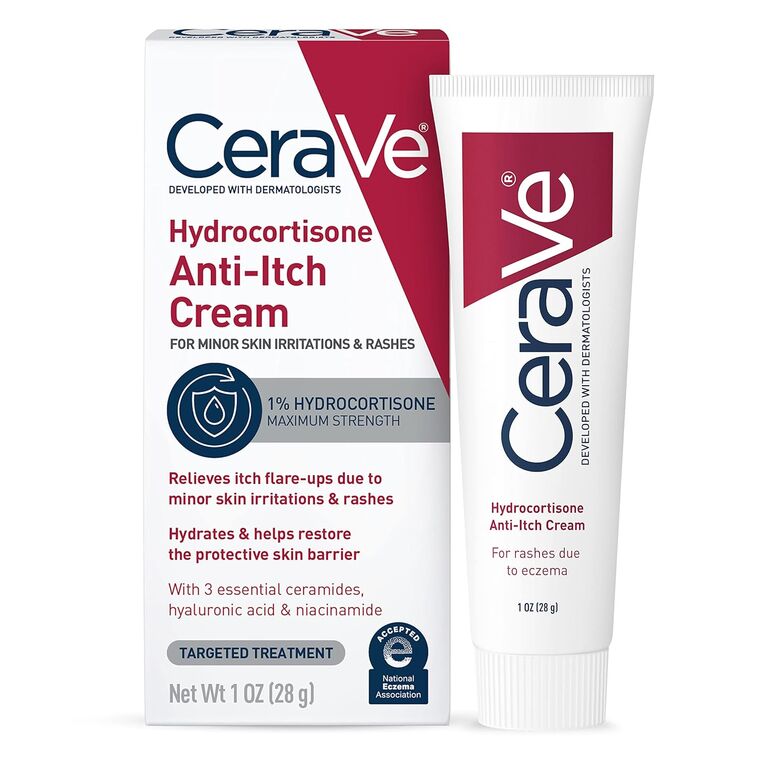
Price at time of publication: $10
Aftershave: They're quite literally made to put on razor burn to heal and help soothe, so it's worth adding one to your skincare routine. Don't have an aftershave? Butterfield condones stealing from your S.O. if they shave their facial hair. Pro tip: Stick to products with natural ingredients to prevent further irritation and red spots.

Price at time of publication: $20
Aloe: Looking for something 100% natural to help your razor burn? If you're already at the drugstore, head to the sun care aisle and pick up a bottle of aloe vera, which can heal a whole host of issues. "It's good for more than just recovering from falling asleep by the pool," Butterfield notes.
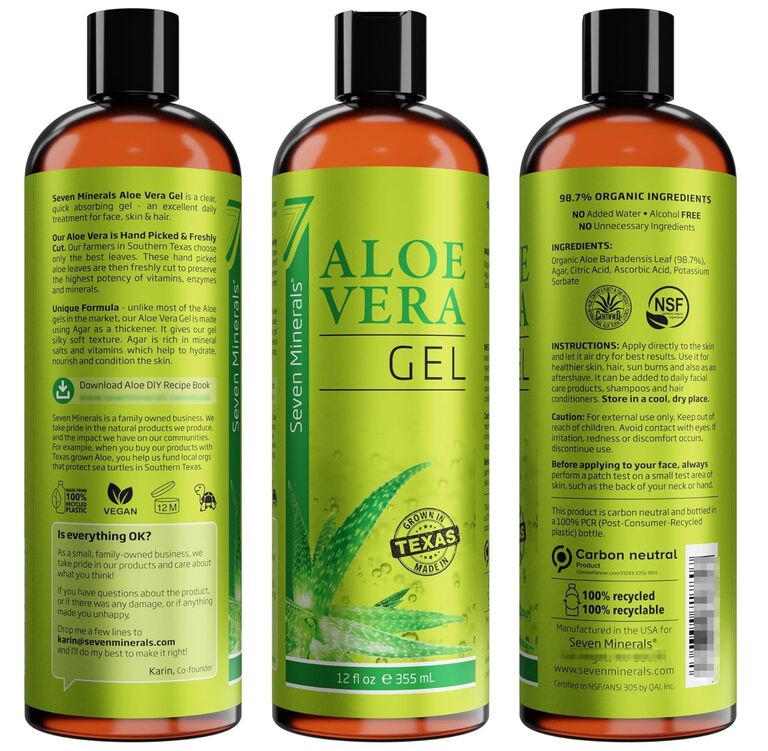
Price at time of publication: $25
How to Treat Razor Bumps on Your Bikini Line
Everyone wants to know how to get rid of pubic-area razor bumps quickly. It is a universally acknowledged truth that when it comes to razor bumps, bikini razor bumps are the most uncomfortable—and the most common. And as it turns out, there's a specific reason for that. "The hair in the bikini area is coarse and thick," notes Dr. Levin. "Therefore, people are more likely to shave with multiple passes, which exacerbates razor burn."
Because the skin in that area is especially sensitive, it also requires the most care. Butterfield has advice on how to shave without getting razor bumps down there: "For the bikini area, I still recommend following a shave with cold water and an aftershave," she says. "That said, you want to stay as natural as possible, because let's be real: This is one area in which you don't want to risk it!" So, if you want to know how to get rid of pubic razor bumps, keep it simple with these top recommendations.
Best Razor Bump Cream for Bikini Area: Fur Stubble Cream

Per Butterfield's suggestion, this bikini razor bump treatment is 100% natural. Not only does it address razor bumps fast, but it also softens the hair as it grows back for an easier shave in the future.
Price at time of publication: $42
Best Ingrown Hair Tonic for Bikini Area: Tend Skin Solution
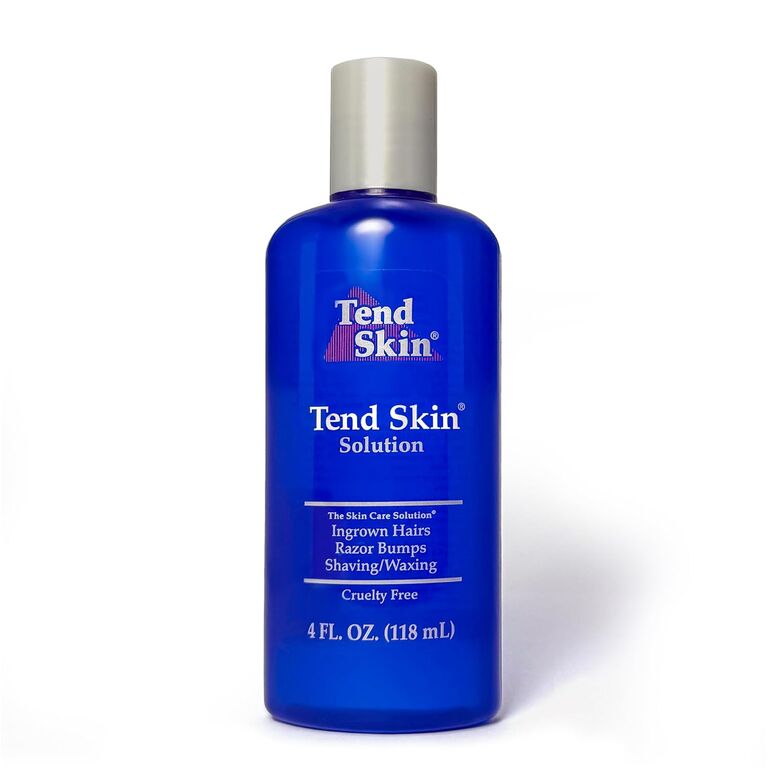
Bikini line razor bumps don't stand a chance against this Amazon bestseller, formulated with simple yet effective ingredients that promise to tone down shave bumps in as little as 24 hours.
Price at time of publication: $20
Best Ingrown Hair Pads for Bikini Area: First Aid Beauty Ingrown Hair Pads

Want to treat and remove bikini bumps on the go? These genius pads couldn't be easier to use. Each one is packed with exfoliating (but gentle!) acids and witch hazel to slough away dead skin cells that trap hairs and cause those pesky red spots and zits after shaving.
Price at time of publication: $20
Best Ingrown Hair Roller for Bikini Area: Topicals High Roller Ingrown Hair Tonic with AHA and BHA
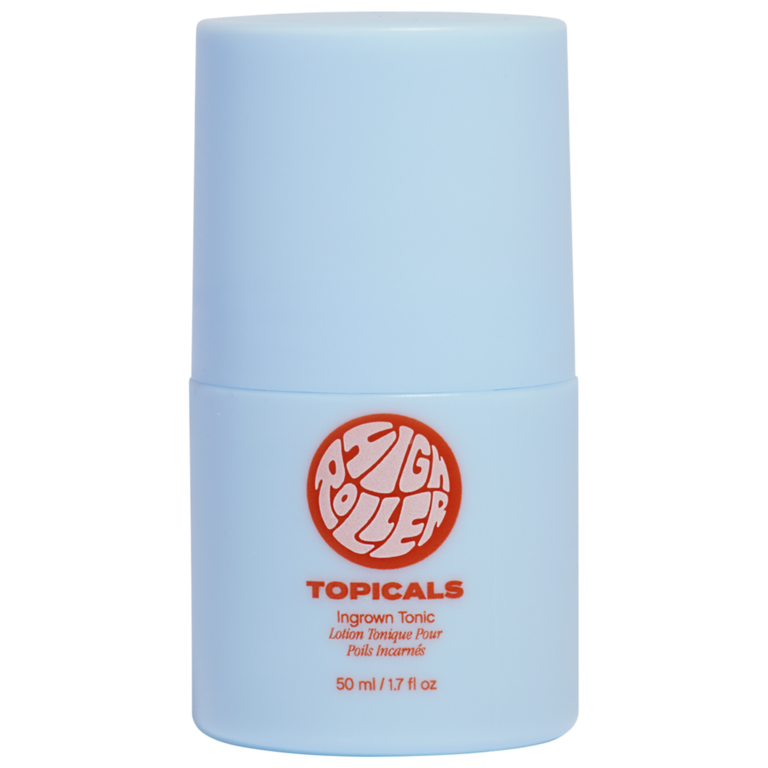
A seamless, mess-free way to make razor bumps go away, this lightweight serum comes in the form of a convenient hands-free rollerball, instantly delivering a cooling sensation to ingrown hair bumps.
Price at time of publication: $26
Best Ingrown Hair Serum for Bikini Area: Gillette Venus Daily Soothing Serum

Treating razor bumps on the pubic area doesn't have to cost a fortune, and this $10 pick is proof. Dermatologist and gynecologist-tested, it's full of soothing ingredients that support the natural renewal process of the skin's surface. Bikini bumps, be gone.
Price at time of publication: $10
FAQ About Razor Bump Treatment
Sometimes, bumps happen. As desperately as you want to get rid of razor bumps overnight, it's important that you don't do anything that will delay healing or further infect the shaving bumps. Here are a few of the most common questions about razor bump treatment—and the answers in order to avoid any more irritation, pain and redness.
How long does it take for razor bumps to heal?
Razor bumps can take a few weeks to heal, but with the right products in your beauty cabinet, you can kick them to the curb much more quickly. Follow the three steps above (cold compress, moisturizer, anti-inflammatory treatment), and you'll be on your way to healing red spots fast—sometimes as soon as overnight.
Can you pop razor bumps?
We've all seen those pimple popping videos pop up on TikTok, but now is not the time for first-person experimentation. Attempting to pop your razor bumps like a blemish can lead to infection, irrtation and scarring.
Can you tweeze ingrown hairs out of bikini bumps?
Unless your tweezers have been properly sterilized for at least 15 minutes, you should not be tweezing your bikini bumps. Otherwise, you are just increasing the risk of unwanted bacteria and a potential infection.
What ingredients make shave bumps worse?
These drying ingredients can dry out skin, cause redness and irritation. Instead, use products with alpha-hydroxy acids (AHAs) and beta-hydroxy acids (BHAs), which are chemical exfoliants that help to gently dissolve dead skin cells. Dr. Dennis Gross Skincare Alpha Beta Exfoliating Body Treatment Peels contain AHA lactic and glycolic acids and BHA salicylic acid to gently exfoliate, nourish and hydrate the skin.
How to Prevent Shave Bumps On Your Pubic Area
You now know what causes razor bumps on the pubic area and how to remedy them—hopefully as quickly as they came. Still, according to both Dr. Levin and Butterfield, the real trick is learning how to prevent razor burn before it starts. Treating your skin before you start shaving, as our experts advise, will help you minimize the chance of getting razor burn in the first place. So next time you get ready to lather up, keep these tips in mind to prevent bikini razor bumps:
1. Use warm water
Wet the skin and hair with warm water. While cold water is the way to go post-shave, the opposite is true before you apply your razor. Using warm water with a gentle soap will both soften and clean the skin before you get down to business.
2. Make sure your blade is sharp
According to dermatologists, the best razor to prevent razor burn is a clean one. Experts recommend using a fresh blade every time you shave your bikini area, but as a general rule, as soon as it becomes difficult to shave or your hair is getting caught, it's time to change your blade.
3. Choose the right shaving tool
There are a lot of different grooming tools out there to choose from, and we mean a lot. Using a high-quality razor is imperative to achieving a clean, razor burn-free shave. Online retailers like OUI the People make sleek, effective grooming tools easily accessible. Their single-blade razors help prevent irritation and promote an even shave. Prefer to use an electric razor? Meridian's rechargeable trimmers are specifically designed for men who want to shave down there.
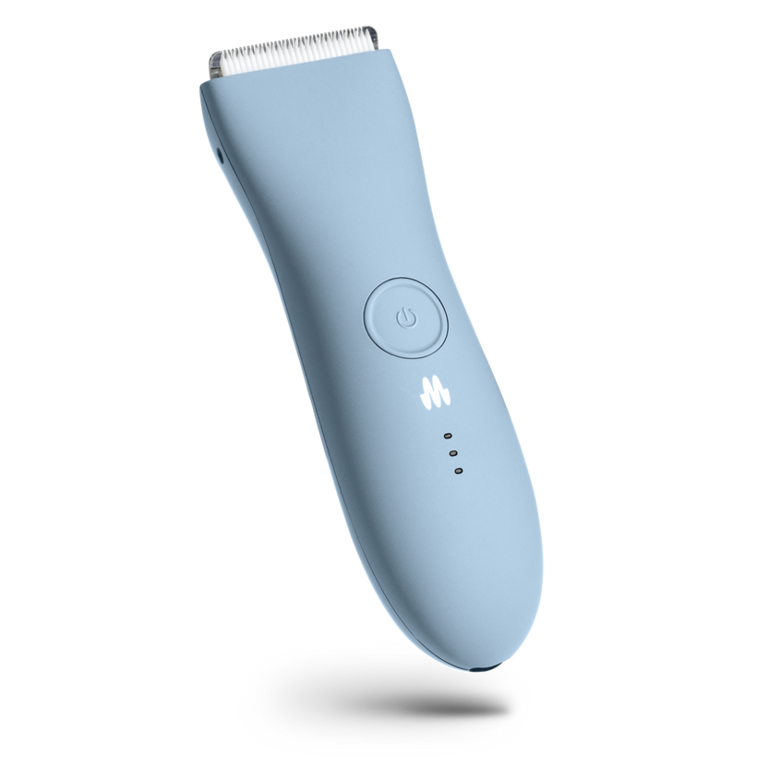
Price at time of publication: $112
4. Don't forget the shaving gel
When you use a sharp blade in combination with shaving gel, you can catch all the hair with just one pass, lessening the likelihood of both razor bumps and ingrown hairs. Billie's V Smooth shave gel and cleanser for pubic hair and skin forms a thin coating to help your razor glide effortlessly without getting clogged up, as it would with traditional shaving cream.
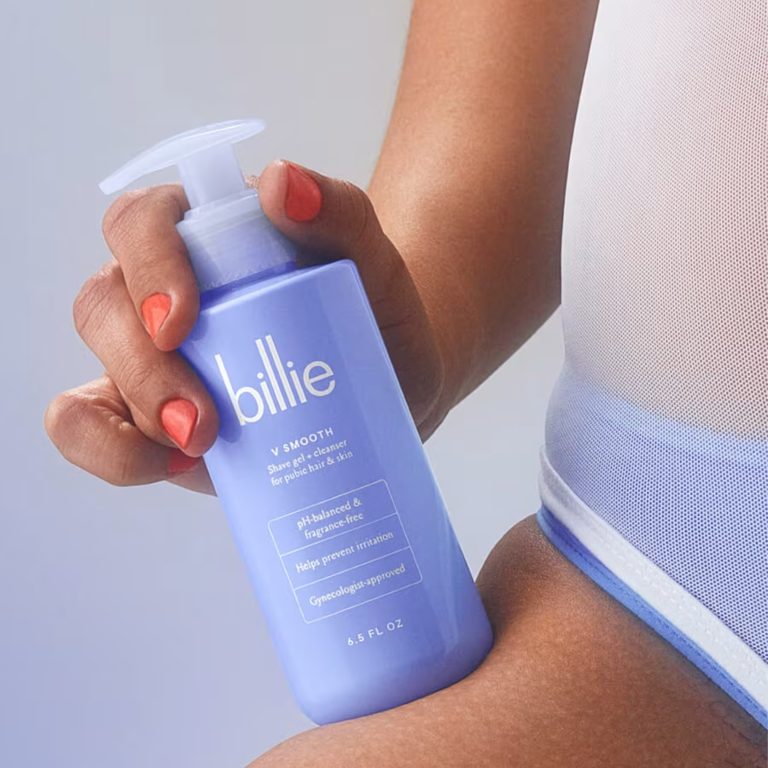
Price at time of publication: $12
5. Shave in the direction that the hair is growing
As Butterfield notes, "Shaving with the grain may take an extra pass or two, but your hair follicles won't get inflamed that way." Although it's more likely to happen when you're shaving against the growth of hair, be mindful that shaving the same area repeatedly may cause irritated or inflamed skin.
6. Moisturize the skin before and after shaving
While you often hear others talk about moisturizing after shaving, it's also important to moisturize before you shave. Doing so will keep your skin well-hydrated, making the body hair thick so it can easily break away from the skin. Plus, it can prevent razor burn and ingrown hairs and make your skin less prone to itchiness and cracking from dryness. When your skin is well hydrated, your body hair will become thick with water and break away from the skin more easily. Start your pre-shave routine with a moisturizing skin-softening oil like Maude Shave, whose reviewers rave about how easily it protects, softens, and moisturizes the skin. Moisturizing after shaving will ensure that the skin barrier is moist and healthy after the microtrauma that shaving can cause. Follow it up post-shave with Maude Soothe, an oil meant to calm skin and prevent ingrown hairs. Plus, it's safe for full-body use.
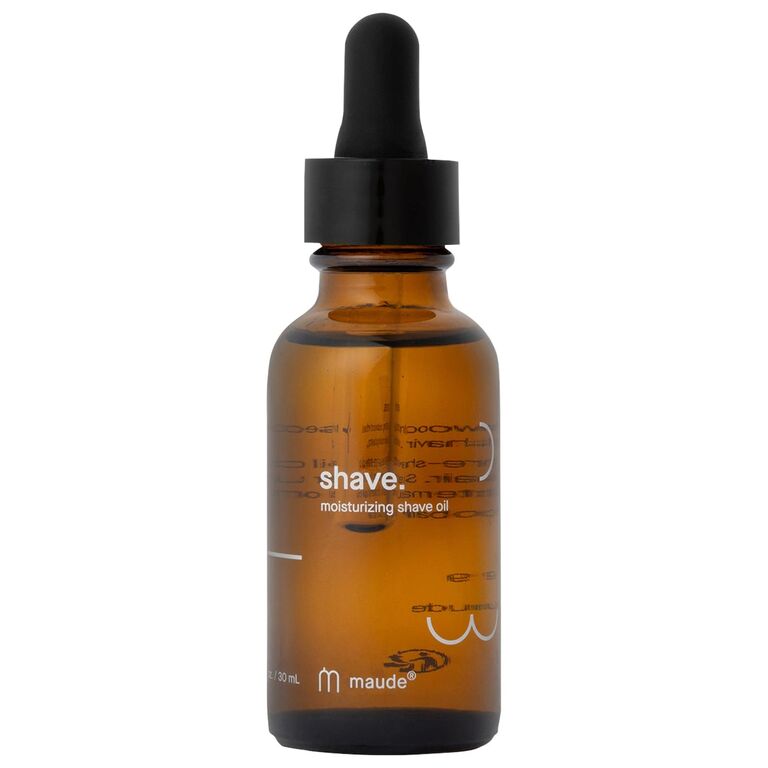
Price at time of publication: $32

Price at time of publication: $30
7. Play it extra safe with your bikini line
It is an extremely sensitive place, after all. When applying any kind of cream, gel or oil down there, take note of the ingredients and remember that natural is better. Shaving gel can be substituted for over-the-counter benzoyl peroxide or salicylic acid if necessary. Both of these will help your skin slough off dead skin cells and prevent clogged and irritated pores. Ultimately, you should only use products that are recommended for your bikini line, as they will be appropriate for prepping sensitive skin against razor burn.
Additional reporting by Kate Boswell.




